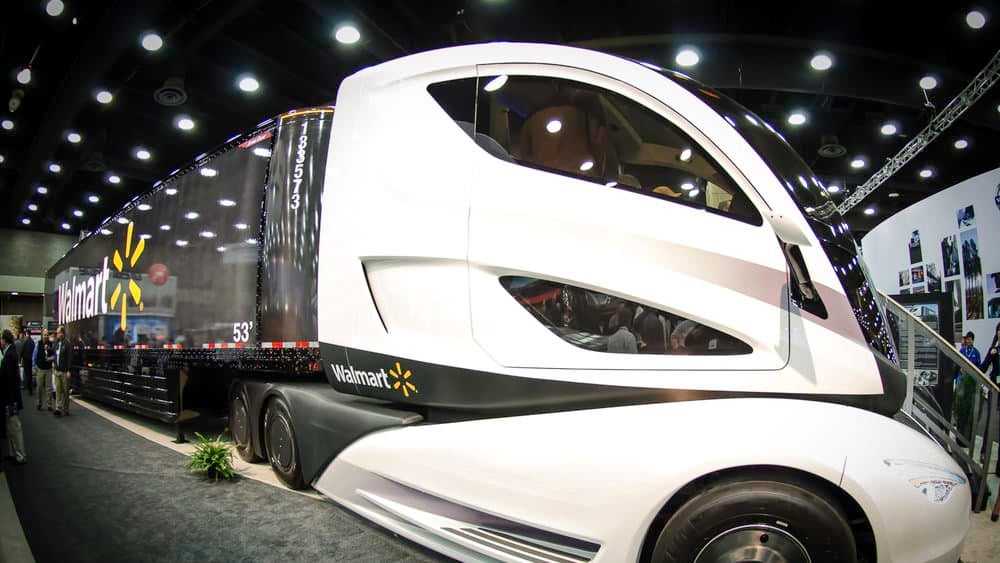
The U.S. Department of Energy (DOE) announced $51.5 million in grant money for heavy-duty and off-road truck technology research that could help boost prospects for electric trucks.
Funded through DOE’s Office of Energy Efficiency and Renewable Energy, money will be allocated among five topic areas, including up to $18 million for projects aimed at technical barriers to battery-electric vehicles and up to $6 million for hydrogen fueling technologies.
“As the fastest growing fuel users, trucks offer an important opportunity to use innovation to improve energy productivity,” DOE’s Undersecretary of Energy Mark Menezes said in a statement on March 1.
“Through research and new developments in both energy efficiency and domestically sourced fuel technologies, we can not only strengthen our energy security but also improve transportation affordability for our nation’s trucking industry – helping those who deliver American goods and those who use them.”
The DOE announcement comes at a critical time, as truck manufacturers start to accelerate entry into the low- and zero-emissions fuel markets and look for signals from the government that can help drive business decisions. It also comes as the industry weighs the potential cost implications of the Green New Deal, and how that proposal could influence the debate over infrastructure funding on Capitol Hill.
Another funding topic in the DOE proposal – “Gaseous Fuels Research and Technology Integration for Medium- and Heavy-duty Vehicles” – will devote up to $16.5 million for projects that focus on lowering the cost of hydrogen-fueled vehicles, technology that is gaining traction from Daimler AG (CXE: DAI) subsidiary Daimler Trucks, Paccar (NASDAQ: PCAR) subsidiaries Peterbilt and Kenworth, Volvo Group (OTC US: VOLVF) subsidiary Volvo Trucks, and startup Nikola Corporation, the latter of which completed a $205 million financing round in November 2018, and planned to seek another $1 billion round in the first quarter.
Tesla (NASDAQ: TSLA) has been taking the less developed, fully battery-electric vehicle (BEV) route with the Tesla Semi. Tesla is wading first into the drayage market, as the over-the-road market for BEVs is considered by some to be at least a decade away.
According to market research made available in February by Frost and Sullivan, the Tesla Semi’s 300- to 500-mile driving range is currently the highest among BEVs.
“If Tesla manages to keep the promise of offering the Semi at an attractive price point of $180,000 without compromising on the payload and performance, the trucking industry will most likely undergo a tectonic shift,” according to a summary of the research. “However, to achieve this, Tesla will have to manufacture batteries that cost 30 to 35 percent less and are more energy-dense than any other battery in the market by 2020.”
Two other research areas in the funding opportunity include up to $6 million for projects that improve fuel cell durability for heavy-duty trucks, and up to $5 million for projects focused on improving the efficiency of commercial off-road vehicles (used in warehousing and construction).
Concept papers for the funding are due March 29, and full applications are due by May 15.







